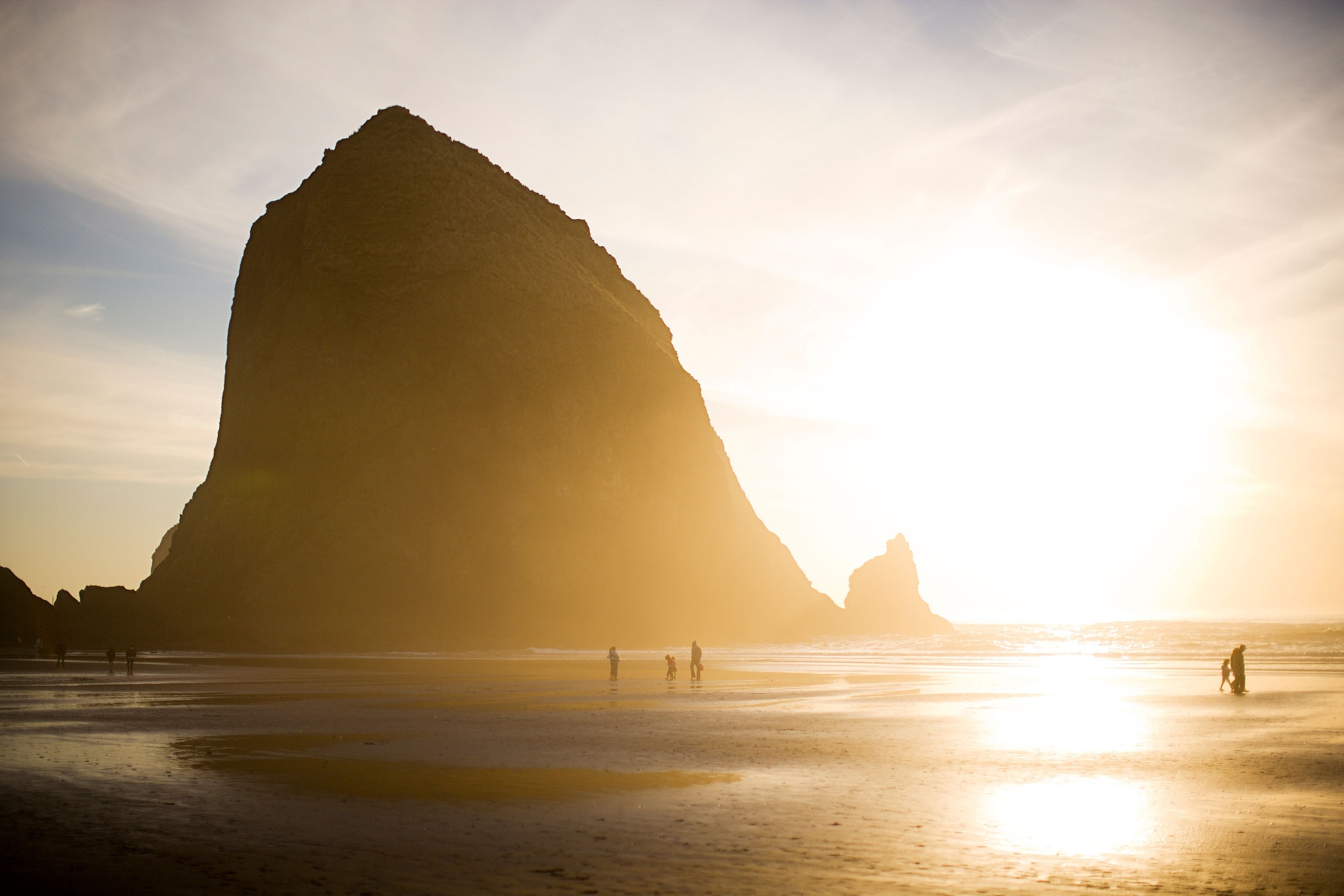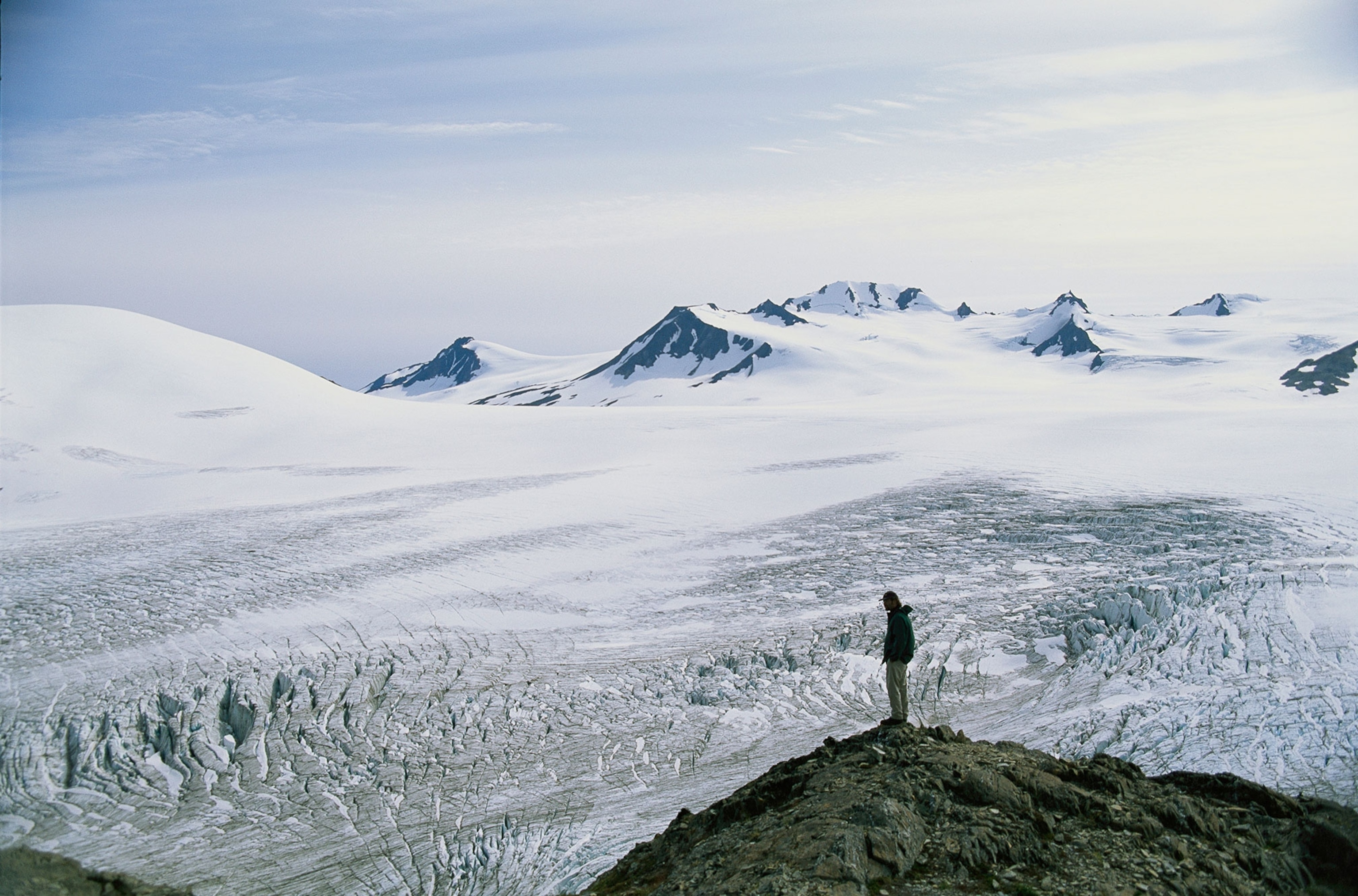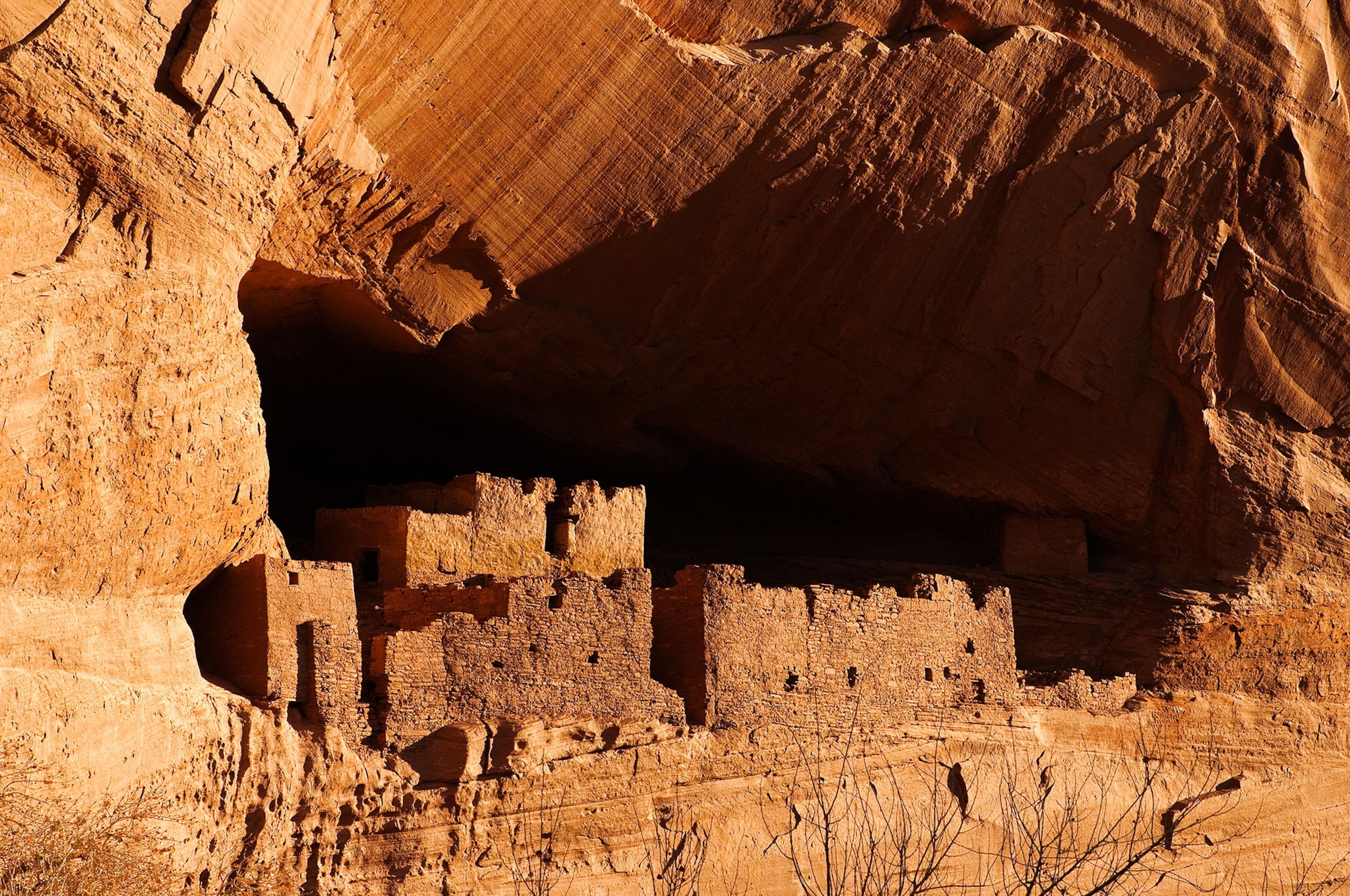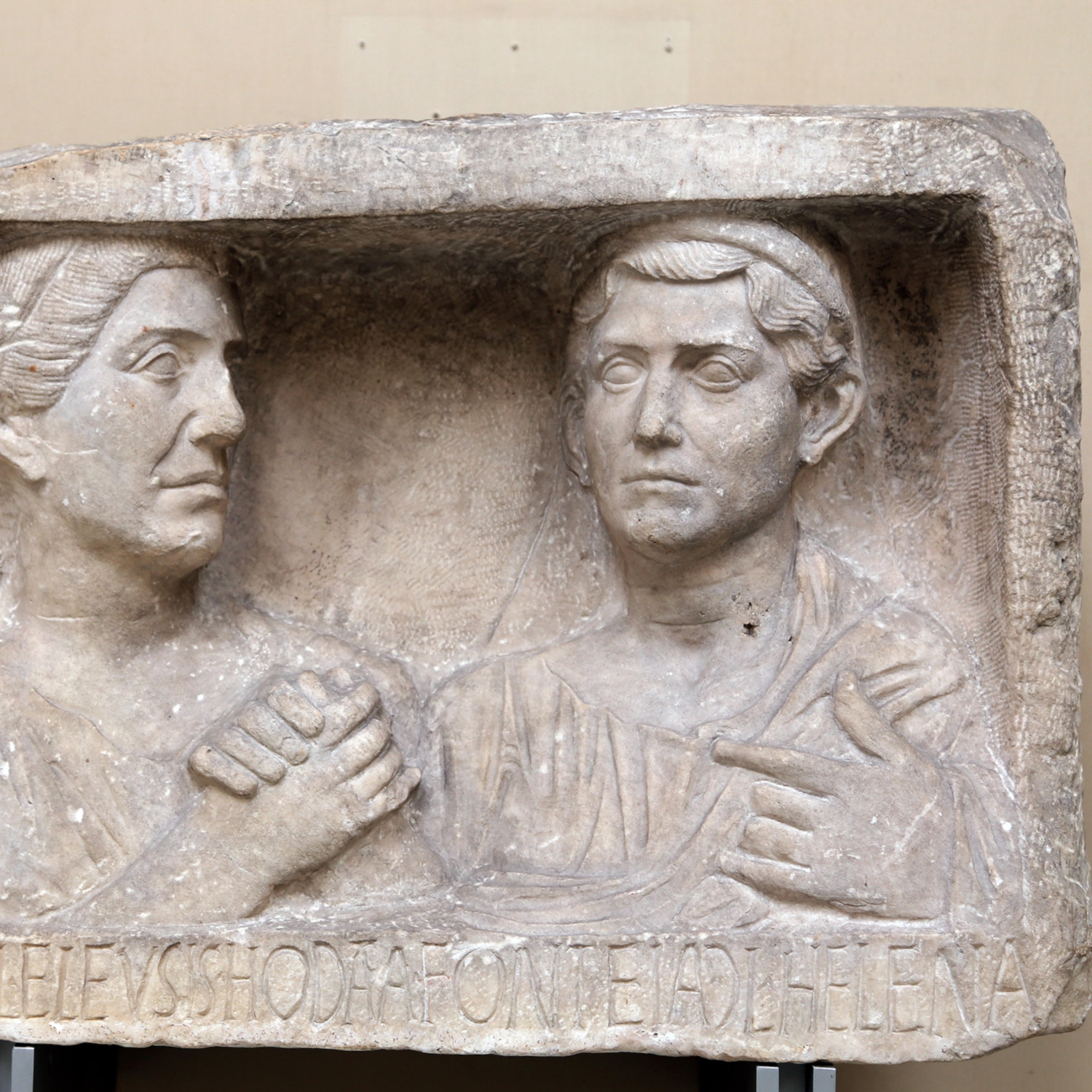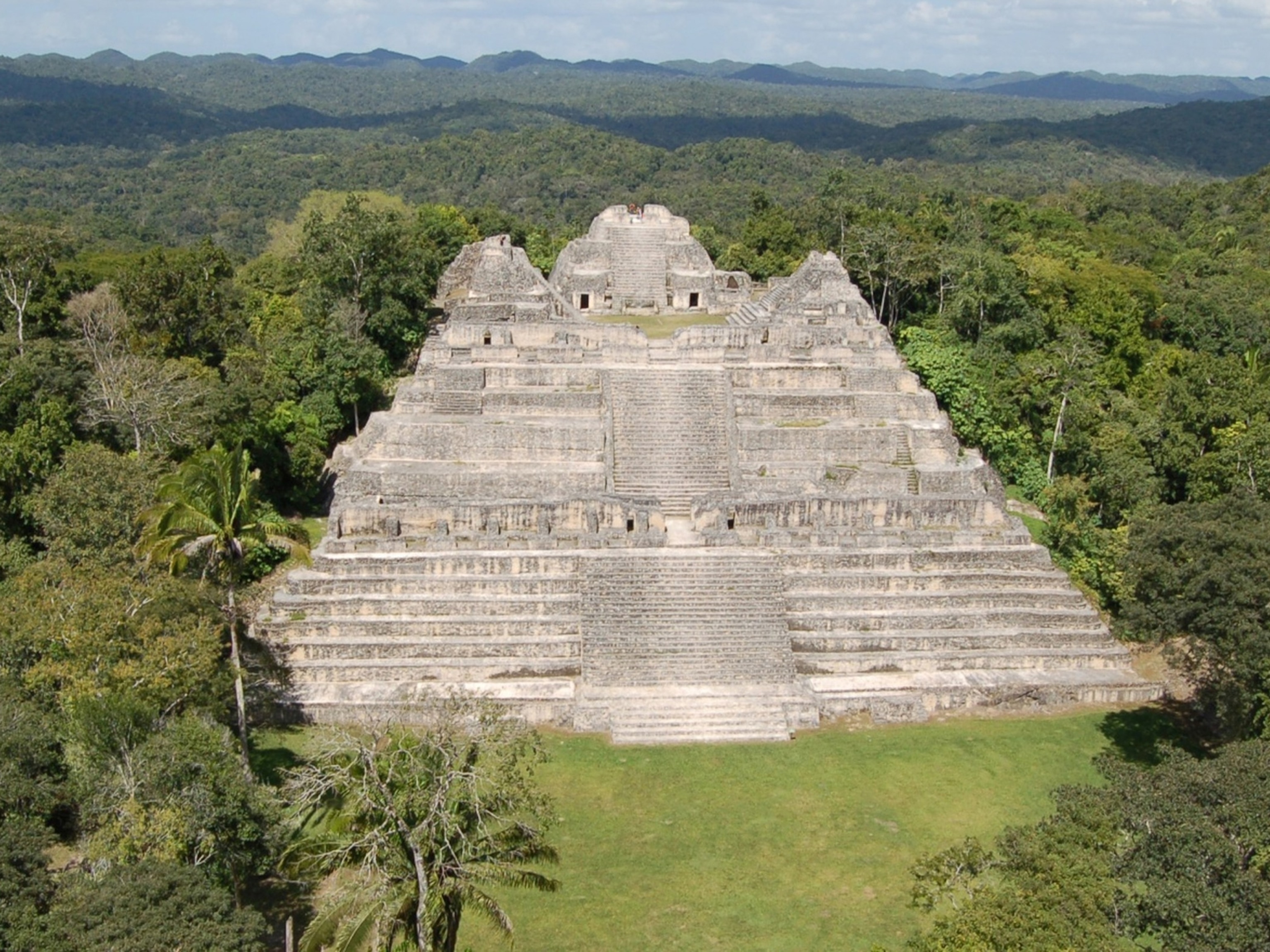When, How Did the First Americans Arrive? It’s Complicated.
The first Americans weren't one group of people; they arrived at different times, and likely by different methods.
How did human beings first come to North America? Across the Bering Strait, on foot? Down the “kelp highway” by boat? Across the Atlantic via the polar ice cap? And when did they reach here? 10,000 years ago? 40,000? Or were they always here, as the Navajo and other Native American tribes believe? In his new book, Atlas Of A Lost World, author Craig Childs sets off to test these different theories on the ground, traveling from Alaska to Chile, Canada to Florida. What he finds, despite the best efforts of archaeologists and the latest technology, still remains in many ways a mystery.
Speaking from his home in Colorado, he explains why many Native Americans reject the idea that their ancestors migrated from somewhere else; how an archaeologist nicknamed Dr. Poop believes he has identified the first human excrement in America; and why diversity seems to have been built into America’s DNA.
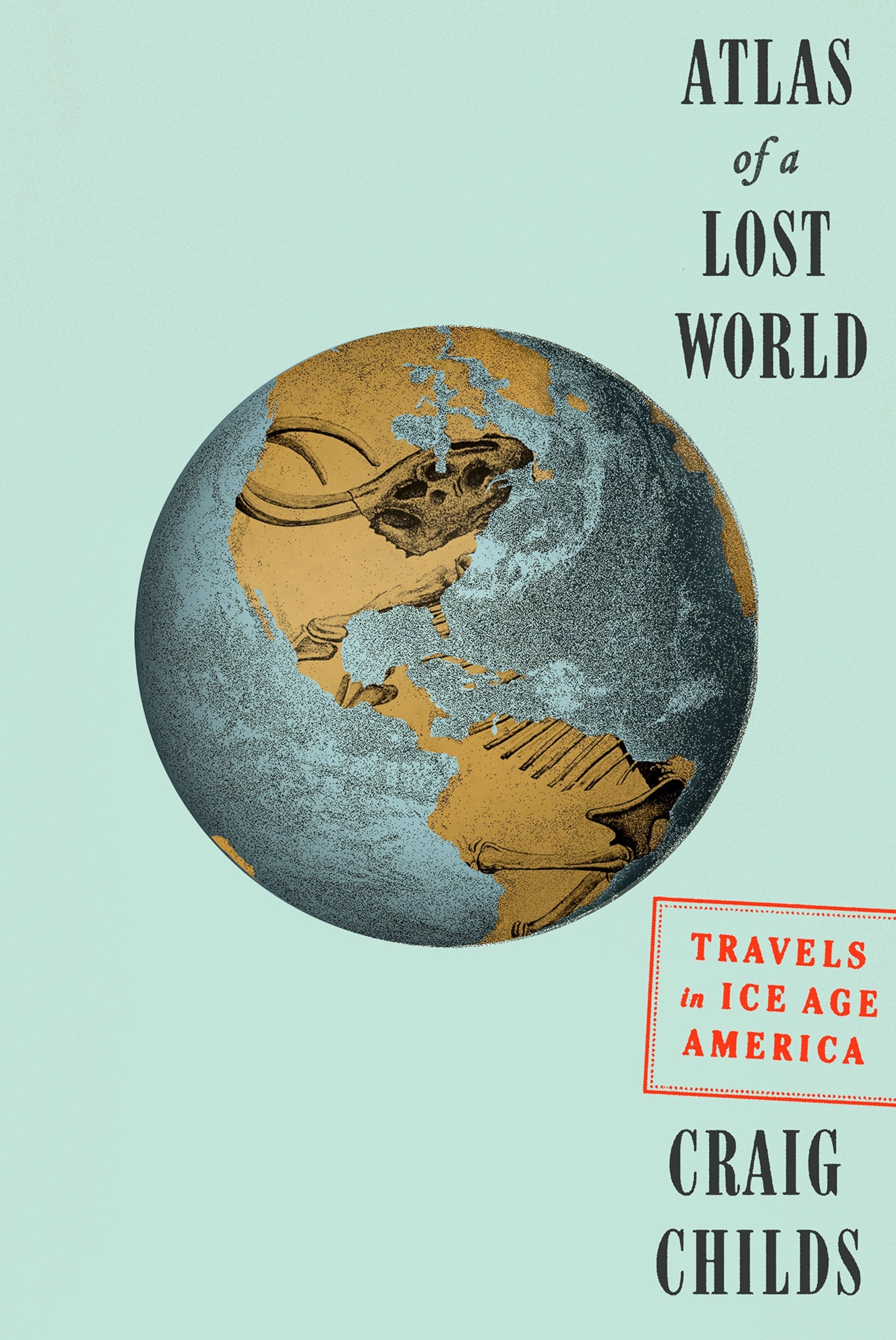
Let’s cut straight to the chase: when did humans first arrive in North America?
The first arrivals keep getting older and older because we’re finding more evidence as time goes on. Right now we can solidly say that people were across the Americas by 15,000 years ago. But that means people were probably already well in place by then; and there’s enough evidence to suggest humans were widespread 20,000 years ago. There’s some evidence of people as far back as 30,000 to 40,000 years ago, but the evidence gets thinner and thinner the further back you go. It appears there’s not a single arrival date. No doubt there was a first person walking in, but when that happened is well before 20,000 years ago.
The solid dates of 15,000 are based on sites where you can find fire pits, burned bones and work stones that have been turned into scrapers and hammers and spear points. When you go back further, you’re finding mammoths that have been shattered open in a way that’s characteristic of humans. Then you start getting into these questions of what really counts as a sign of human presence, and what is just a trampled mammoth bone that happens to look like it was struck by a human with a rock.
Equally thorny is the question of how humans got here. Give us a quick 101.
[Laughs] The easiest way to get here is by foot. The Bering Land Bridge has been the longstanding theory because that’s the clearest connection between Asia and North America, up in the Arctic, and it only appears when ice is locked up on land and sea levels drop. It’s the only place where you could walk from one side to the other.
I spent some time up on an island that is a remnant of the land bridge between the coast of Siberia and Alaska. There, you can see walking across. But when you got to the other side, you’d be facing 5 million square miles of ice; and that’s when you start looking at coastal migrations. People in the Ice Age were already moving up and down the coast of Japan, Kamchatka, and Korea, using boats, and the evidence is clear that they were getting out to places you can only reach with boats.
It makes sense that you would keep following the coast around. The land bridge has a coast, which would bring you down Alaska and British Colombia, to Washington and Oregon. This is the more viable way into North America, because there’s what is called the kelp highway, a biotically rich region that follows the entire coast. During the Ice Age this coast was continuous from Sumatra to the tip of South America. But that coast is now under water, so any evidence of boats and people moving along it is much thinner than people being on the land mass.
The idea of an Atlantic crossing has also gained some traction. Tell us about the Clovis people, and why their stone tools may suggest a European origin.
This has been a big debate for some time, that people some 13,500 years ago were making distinct tools that you can find all over the Americas, so-called Clovis Weapons. This is a new style of weaponry: finely crafted, relatively flat spear points no thicker than an envelope, which required unique skills, and therefore stand out in the record.
Something happened, a cultural change or an arrival. For a long time they were seen as the first people. Now, we’re seeing it more as the middle-age arrival in the Ice Age. Where these weapons came from has also been a huge question for archaeologists. Many have been trying to trace them back to the Bering Land Bridge, but the evidence just doesn’t stack up. Others have tried to trace them to an Atlantic arrival by Palaeolithic Europeans around 20,000 years ago.
The weapons being found along the Eastern Seaboard are in some ways also identical to ones made in Palaeolithic Spain and Southern France during the Solutrean industry. So, it looks like people were crossing the Atlantic, hunting along the ice packs—following ice flows—with skin boats, and arriving in Maryland and Virginia.
I was fascinated to discover that many Native American tribes flatly reject the idea that their ancestors migrated from somewhere else. Tell us about the Navajo theory of the first people.
The first people there came out of the ground. These are stories related to origin and creation stories all over the Americas. Native tribes have clear stories about how they got here, coming out of caves or up through springs and underground sources.
The idea of coming from somewhere else might threaten the notion that they have primacy on the lands. But, they obviously do because they are coming from these much older stories than anybody else. I look at these stories of arrival and think, “Yeah, they come out of the ground because that is how deep their history goes.” It’s a non-scientific view of the world, but it gives us a window into what it means to be in a place for that long.
Of course, the world looked very different 15,000 years ago. Summon up a picture for us from the mists of time, and explain the importance of the woolly mammoth.
The landscape people walked into was substantially different. The animals were much larger. You have mammoths, dire wolves, and sabre tooth cats.
Everything is very big and very woolly, and in some places armoured. There were 300-pound armadillos living in Florida and Louisiana, so you’re talking about a very different landscape and way of living. But there were many places that looked the same. Other parts, including most of Canada, were completely covered with ice.
There are a number of sites in Alaska, like Swan Point, where you can see signs of mammoth hunting. But mammoths probably weren’t their mainstay. Early people were eating salmon, seaweed, deer, and rabbit. The mammoth hunts were probably culturally important, much like the northern whale hunts. At Swan Point multiple mammoths were killed at once, which you can imagine was a dramatic scene of people and dogs gathering together and going after this animal that’s 13 feet tall and extremely dangerous. Hunting whales in the north out of skin boats is also a dangerous endeavour, and people have often been killed. I imagine the same thing happened while hunting mammoths. You would have these stories of epic mammoth hunts, who died and who lived, and these stories would have been passed down for thousands of years.
You actually recreated part of the journey across the land bridge on Alaska’s Harding Icefield. Take us inside that adventure and what it told you about the first arrivals. Did you get dressed up in furs and carry a spear?
No, I decided that if I dressed up in furs and carried a spear, I would have probably died. [laughs] I took modern gear—sleds, skis, and backpacks— and made about a 4,000-foot ascent through fresh snow, trying to hit the ice field at the right time of year, just as winter was letting off. Once we got up there, we clicked in the skis, put our gear on a sled, and headed across the ice.
I wanted to get a sense of what it’s like to travel as a group into a desolate ice landscape, climb up on the peaks that stand out on the ice field and get a sense of navigation in this landscape, which is a remnant of what was there during the Pleistocene. In one sense, it told me that this is the worst way to do it. [laughs] That crossing a giant ice field is a ridiculous notion. That’s not to say it didn’t happen. Humans have often done ridiculous things! Being out there on the ice I thought this is maybe where the crazy people went, the ones who were looking to fall off the edge of the Earth. At the same time, as we climbed the mountain ranges sticking up through the ice, I could see how you could have hopped your way from one summit to the next down the entire length of the ice sheet to arrive in the rest of North America.
But it also made me turn to the coastal migration theory, and say, “That makes sense!” There, you would be moving through a water landscape of islands and coasts rich with kelp and fish, as opposed to eating lichens and trying to catch birds on a 2,000-mile journey across an ice sheet. [laughs]
One of the experts you consult has the wonderful nickname, Doctor Poop. Tell us about him and his work on what you call “the earliest identified human craps in America.”
This is Paisley Caves, in the desert of southern Oregon. There, Dr. Dennis Jenkins, aka Doctor Poop, found the oldest human coprolites, which I believe are 14,300 years old. He explained to me that, in the caves, he has also found the scat of American lions and other predators. My question to him was, “How do you know that these were pieces of human faeces and not humans that were eaten by American lions and then shat out in the caves?” His response was that either way, you’d know that humans were here. This is such a basic function: a human goes into a cave, craps, and leaves it there. This is a story of people arriving and leaving their sign behind.
Bring it home for us, Craig, by telling us what you believe is ultimately the real story of the populating of North America, and what surprised you most during your travels?
What I took away was that people came from everywhere. We think of the arrival of the first people as one group braving their way across a land bridge, when in fact it was many groups, many different languages, and technologies arriving at different times from different directions. This makes sense because that’s how we do things as humans. It’s not just one group. It is this complex story of many people, with many different stories.
For me, it was an opportunity to explore landscapes I wouldn’t normally go to, like an island off the coast of Siberia or crossing an ice field in Alaska. The most fascinating place I saw was a back woods river south of Tallahassee, Florida, where human evidence from 14,500 years ago was found. Just being in these swamps with a boat, surrounded by alligators and poison snakes, gave me a sense of coming into a landscape I didn’t know and encountering animals I wasn’t familiar with. There were many moments like this, where I felt this must have been something like how it was to be first in a place; to have to figure out which direction is which, what animals you have to avoid, what plants you can eat or can’t touch. For me, this was a new beginning, a way of coming into my own continent.
This interview was edited for length and clarity.
Simon Worrall curates Book Talk. Follow him on Twitter or at simonworrallauthor.com.
